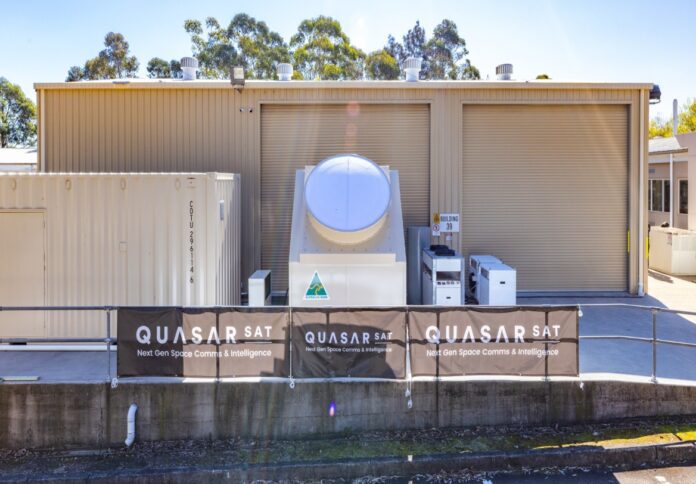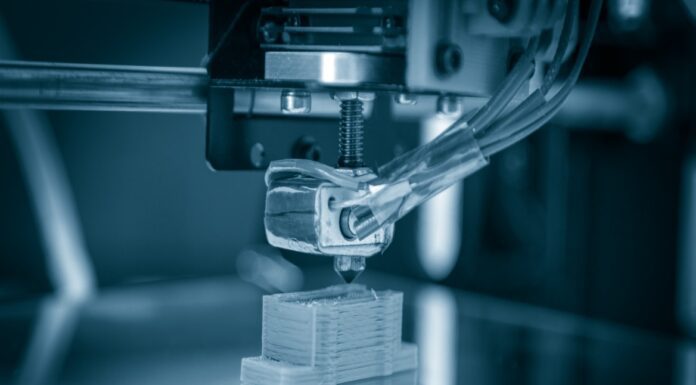
Australian start-up Quasar Satellite Technologies has unveiled its pioneering Space Domain Awareness (SDA) capabilities, developed in collaboration with Australia’s national science agency CSIRO.
Quasar’s fully digital multibeam satellite ground stations offer a view of every satellite in orbit, catering to government, defence, intelligence agencies, and private sector needs.
The technology will be officially presented at the SFA’s Inaugural Spacepower Conference, the company announced in a media release.
Quasar’s fully software-defined phased array antennas empower ground stations with steerable electronic beams, enabling comprehensive characterisation and data access from satellites in low, medium, and geostationary orbits (LEO, MEO, and GEO).
This capability is instrumental for government space programs, geopolitical risk assessment, national security, intelligence initiatives, and anomaly detection.
Quasar said it distinguishes itself through its technology, which operates without any moving components and can concurrently support various space missions using a single antenna.
This incorporates robust all-sky Space Domain Awareness (SDA) and radio spectrum monitoring, superseding conventional parabolic dishes that rely on mechanical steering and outdated technology.
Phil Ridley, CEO at Quasar, emphasised the urgency of the technology, stating, “There are about 8,200 satellites currently in orbit; McKinsey forecasts there could be more than 65,000 by 2030, however industry figures suggest this number may even reach 100,000. Existing technologies can’t meet the scope of this new demand; parabolic dishes can only focus on one satellite at a time, require abundant physical space, and are expensive to operate and maintain.”
The digital antenna technologies are complemented by a comprehensive software platform, providing a 24×7 dedicated communications ground station as a service (GSaaS) capability for all mission types.
Quasar can guarantee communications for missions of all sizes, from single satellites to large constellations.
Ridley highlighted the ability of Quasar’s phased array to track multiple satellites simultaneously, offering government and defence agencies real-time, actionable radio-frequency information for characterising transmitting objects instantly.
This capability is crucial in understanding satellite movements, detecting disruptive activities, and enhancing electronic warfare capabilities.
Quasar’s technology is set to benefit the Five Eyes and Quad nations and their allies, with the US as the primary target market.
The company has already received a purchase request, with demonstrations scheduled for additional government and commercial entities.
“This represents a remarkable opportunity for Australia – one that stands to not only benefit government agencies and businesses, but also every citizen,” Ridley said.
He added, “Satellites are crucial for many aspects of modern life, including the ability to monitor for and assess the impact of natural disasters, better understand our environment and bolster agriculture and farming, and much more.”
Quasar, founded in 2021 with AUD 8.7 million in seed funding, has received support from Main Sequence, CSIRO, and industry partners.
The company’s roots in CSIRO, the original inventors of fast Wi-Fi, combined with expertise in material science, RF physics, cryogenics, and digital platform development, position Quasar as a transformative force in SDA and satellite communications.




















